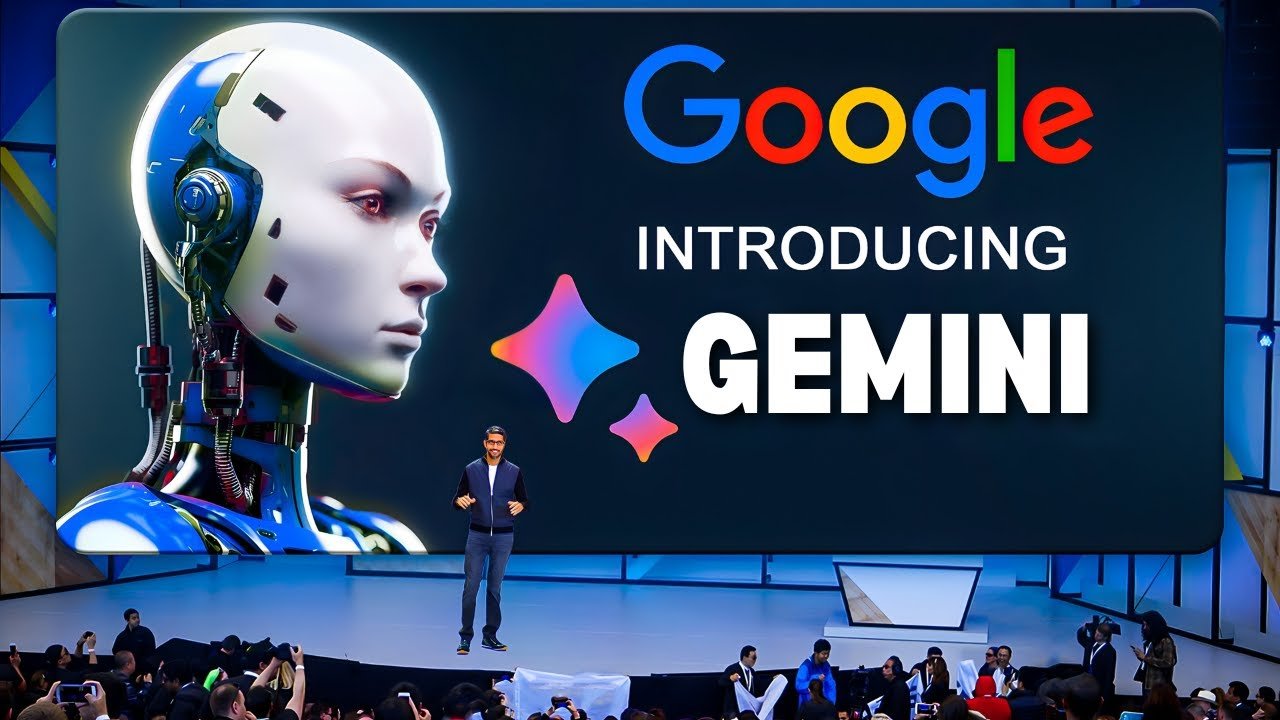
Beyond Text and Speech: The Multifaceted Brilliance of Google Gemini
In the fast-evolving landscape of artificial intelligence and natural language processing, Google Gemini has emerged as a groundbreaking development, positioned as the successor to LaMDA (Language Model for Dialogue Applications) and PaLM 2 (Parrotron Language Model 2). This article explores the intricacies of Google Gemini and delves into how it distinguishes itself from its predecessors.
Understanding the Evolution: LaMDA and PaLM 2
Before delving into Google Gemini, it’s essential to grasp the significance of LaMDA and PaLM 2 in the context of language models. LaMDA, introduced by Google in 2021, aimed to facilitate more natural and open-ended conversations. It was designed to understand the context of a conversation and provide coherent responses, making interactions with AI more conversational and human-like.
PaLM 2, on the other hand, was part of Google’s efforts to enhance accessibility. It focused on improving speech-to-text capabilities, especially for users with atypical speech patterns. The goal was to make voice-based interactions more inclusive and effective.
Google Gemini: A Quantum Leap in Language Models
Google Gemini represents a quantum leap in language models, building on the advancements made with LaMDA and PaLM 2. While its predecessors laid the groundwork, Gemini takes the next step in pushing the boundaries of what AI-powered language models can achieve.
1. Multimodal Capabilities
One of the key differentiators of Google Gemini is its enhanced multimodal capabilities. Unlike LaMDA, which primarily focused on text-based interactions, and PaLM 2, which concentrated on speech, Gemini seamlessly integrates both text and speech processing. This means that users can engage with the model through a combination of written and spoken language, opening up new possibilities for diverse and rich interactions.
The integration of multimodal capabilities allows Gemini to comprehend and respond to a more extensive range of user inputs. Whether a user inputs text or speaks a query, the model can understand and generate coherent responses, making it a versatile tool for various applications.
2. Improved Context Understanding
While LaMDA made strides in understanding contextual cues in conversations, Gemini takes it to the next level. It leverages advanced contextual understanding to provide more nuanced and relevant responses. The model can discern the subtleties of a conversation, grasping not just the immediate context but also considering the broader context over multiple interactions. This leads to more natural and coherent exchanges, mimicking human-like conversational abilities.
3. Enhanced Adaptability
Google Gemini showcases improved adaptability, allowing it to excel in a myriad of scenarios. Whether it’s answering complex queries, engaging in casual conversations, or facilitating task-oriented interactions, the model adapts its responses based on the context and user input. This adaptability is a crucial evolution from the more specialized focus of LaMDA and PaLM 2, making Gemini a versatile tool that can cater to a diverse range of user needs.
4. Integration with External Knowledge Sources
Another notable feature of Gemini is its integration with external knowledge sources. While LaMDA and PaLM 2 relied primarily on pre-existing knowledge within their training data, Gemini has the ability to access and integrate information from external databases and sources. This enables the model to provide more up-to-date and accurate information, making it a reliable source for users seeking real-time data or insights.
The Future of Conversational AI
As Google Gemini takes center stage, it marks a significant milestone in the evolution of conversational AI. The model’s multimodal capabilities, improved context understanding, enhanced adaptability, and integration with external knowledge sources collectively position it as a powerful tool with broad applications.
While LaMDA and PaLM 2 paved the way for more natural and inclusive language interactions, Google Gemini represents a leap forward, embracing the complexity and diversity of human communication. As AI continues to advance, Gemini sets the stage for even more sophisticated and human-like language models, shaping the future of conversational AI in ways that were once considered the realm of science fiction.
In conclusion, Google Gemini stands as a testament to the rapid progress in the field of natural language processing and artificial intelligence. Its unique features and capabilities position it as a successor that not only builds upon the foundations laid by LaMDA and PaLM 2 but also opens new frontiers in the realm of conversational AI. As we witness the ongoing evolution of these technologies, Google Gemini represents a promising step toward more intelligent, adaptable, and context-aware language models.



